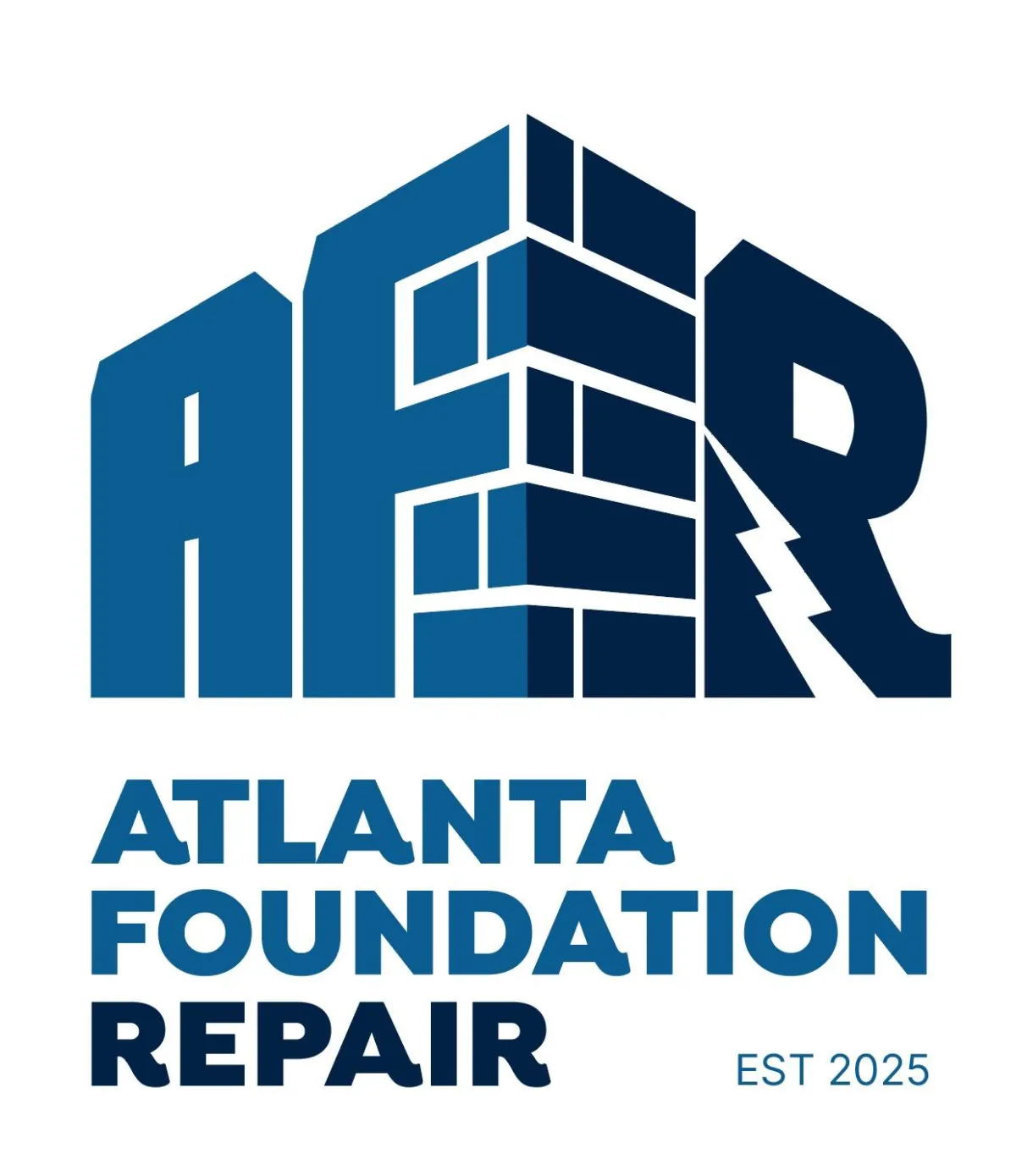Atlanta, GA
Cracked Slabs in Atlanta, GA
How Slab Cracks Develop
Concrete slabs, whether they are floors, patios, or foundation components, are designed to be strong but not flexible. When the ground underneath moves, or the slab is exposed to stress beyond its capacity, it responds by cracking. Some cracks are small and related to normal curing, while others signal deeper soil or structural issues.
Conditions That Lead to Slab Cracking
Slab cracking usually reflects what is happening below or around the concrete. Changes in soil support, moisture, load, and temperature all play a part in how and where cracks form.

Soil Settlement and Loss of Support
If the soil under a slab compresses, erodes, or was inadequately compacted, the slab loses uniform support. Unsupported areas will sink or bend, and cracks will appear as the concrete tries to follow the uneven ground.

Expansive or Heaving Soils
Soils that swell when wet can lift parts of a slab upward. Later, as the soil dries and shrinks, the slab may drop or settle again. This repeated movement causes fractures and heaving.

Poor Concrete Installation or Curing
Concrete that is mixed improperly, poured too thin, or cured too quickly can become brittle and more prone to cracking. Missing or incorrectly placed control joints also encourage random cracks.

Heavy Loads on the Slab
Parking heavy vehicles, placing large machinery, or adding extra weight not considered in the original design can exceed the slab’s capacity and lead to stress cracks or crushing.

Temperature Changes and Shrinkage
Concrete naturally expands in heat and contracts in cold. Without proper joints or relief cuts, these temperature movements can cause visible cracks to form over time.
Signs You May Have a Cracked or Compromised Slab
A cracked slab shows its condition through both visible surface changes and the way connected parts of the home behave:
Hairline cracks that appear soon after construction and may slowly lengthen
Wider cracks that you can feel with your foot or see clearly from a distance
Cracks that change in height from one side to the other (one edge higher)
Sections of the slab that seem to have sunk or risen relative to others
Uneven floors, especially near walls or transitions between rooms
Baseboards separating from the floor or small gaps appearing beneath them
Tile, vinyl, or wood flooring buckling, cracking, or separating along specific lines
Doors near slab edges sticking, dragging, or not aligning properly
Moisture or dampness seeping up through cracks or joints
Our Services
Helpful Links
Contact Information
Phone:
Business Hours:
Mon - Fri: 8:00 am - 5:00 pm
Sat - Sun : Closed
service areas
© 2025 All Rights Reserved | Atlanta Foundation Repair
